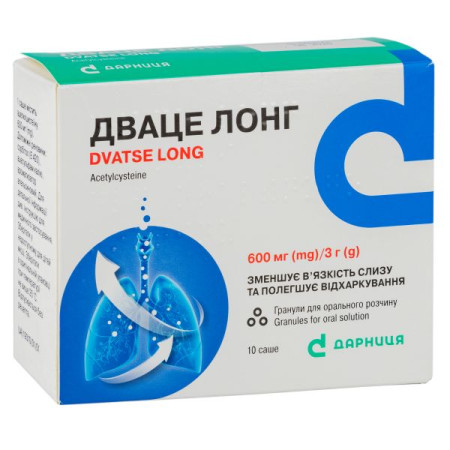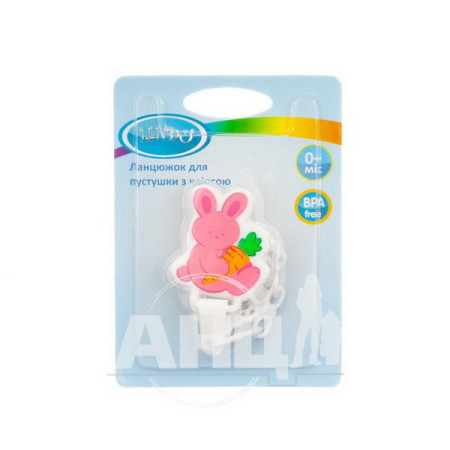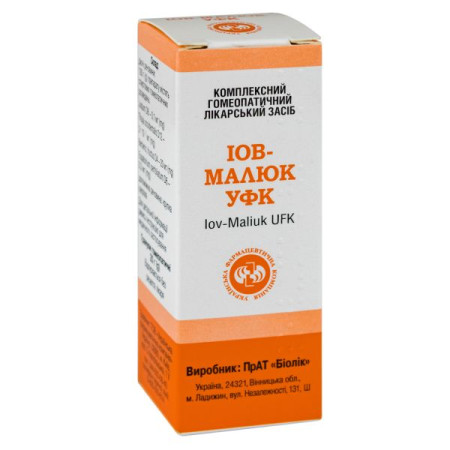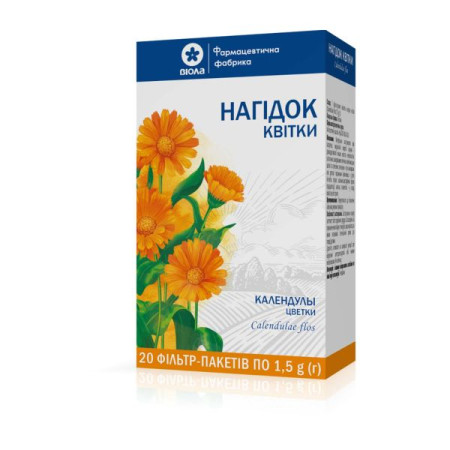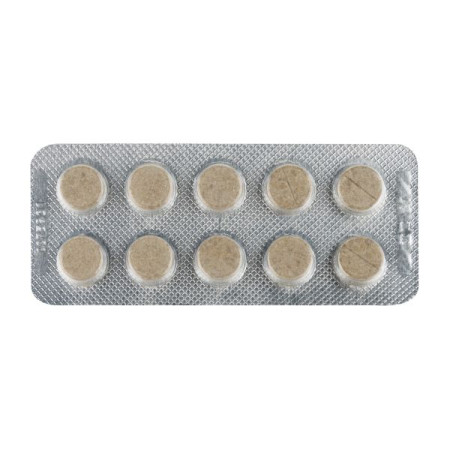Helpex Anticold DX tablets blister No. 100

Instructions for Helpex Anticold DX tablets blister No. 100
Composition
active ingredients: paracetamol, caffeine, phenylephrine hydrochloride, chlorpheniramine maleate, dextromethorphan hydrobromide;
1 tablet contains paracetamol 500 mg, caffeine 30 mg, phenylephrine hydrochloride 10 mg, chlorpheniramine maleate 2 mg, dextromethorphan hydrobromide 10 mg;
excipients: corn starch, microcrystalline cellulose, methylparaben
(E 218), propylparaben (E 216), povidone, tartrazine (E 102), magnesium stearate, talc, sodium starch glycolate (type A), diamond blue (E 133).
Dosage form
Pills.
Main physicochemical properties:
Green tablets with speckles, oval-shaped, with a score, imprinted with “M” and “H” on the side where the score is, without a shell.
Pharmacotherapeutic group
Analgesics and antipyretics. Anilides. Paracetamol, combinations without psycholeptics.
ATX code N02B E51.
Pharmacological properties
Pharmacodynamics.
Combined drug for the treatment of flu and colds. Has antitussive, antipyretic, analgesic, antiallergic and weak anti-inflammatory properties. Soothes dry unproductive cough. Eliminates symptoms of nasal congestion, runny nose, tearing, sneezing, headache, improves general well-being.
Paracetamol acts as an antipyretic, analgesic, and anti-inflammatory agent. The analgesic and antipyretic effects of paracetamol are associated with the drug's effect on the thermoregulatory center and its ability to inhibit prostaglandin synthesis.
Phenylephrine hydrochloride acts as a vasoconstrictor, reducing swelling of the nasal mucosa and paranasal sinuses.
Chlorpheniramine maleate has an antiallergic effect, relieves tearing and nasal itching.
Caffeine has a stimulating effect on the central nervous system, mainly on the cerebral cortex, respiratory and vasomotor centers, increases mental and physical performance, reduces drowsiness, fatigue, and weakens the effect of drugs that depress the central nervous system.
Dextromethorphan hydrobromide is a centrally acting antitussive. It reduces the sensitivity of receptors and increases the threshold of sensitivity of the cough center to irritants from the respiratory tract. Therapeutically relieves the symptoms of dry cough, reduces irritation of the respiratory tract.
Indication
Symptomatic treatment of acute respiratory viral infections, influenza (eliminating dry intrusive cough, reducing elevated body temperature, reducing runny nose, relieving swelling of the nasal mucosa, eliminating body aches, eliminating headaches).
Contraindication
Hypersensitivity to any component of the drug, other xanthine derivatives (theophylline, theobromine), opioids, antihistamines, sympathomimetic amines. Severe cardiovascular diseases, including uncompensated heart failure, conduction disorders, arrhythmias, severe atherosclerosis, tendency to vasospasm, severe ischemic heart disease; severe arterial hypertension. Severe liver and kidney dysfunction, prostate adenoma with difficulty urinating, bladder neck obstruction. Stenosing gastric and duodenal ulcer, pyloroduodenal obstruction; acute pancreatitis, epilepsy. Blood diseases (including severe anemia, leukopenia), hyperthyroidism, diabetes mellitus, bronchial asthma, angle-closure glaucoma, glucose-6-phosphate dehydrogenase deficiency, alcoholism, increased excitability, sleep disorders, congenital hyperbilirubinemia, pheochromocytoma, emphysema. Elderly age. Simultaneous use with tricyclic antidepressants, ß-blockers; with MAO inhibitors and within 2 weeks after their discontinuation. Contraindicated in patients at risk of respiratory failure.
Interaction with other medicinal products and other types of interactions
Metoclopramide and domperidone increase, and cholestyramine reduces the rate of absorption of paracetamol. When used simultaneously with paracetamol, the following types of interactions may be observed: the elimination of antibiotics from the body may be slowed down; tetracycline increases the risk of anemia and methemoglobinemia caused by paracetamol; antacids and food reduce the absorption of paracetamol. With simultaneous long-term use, the anticoagulant effect of coumarins (for example, warfarin) is enhanced. Barbiturates reduce the antipyretic activity of paracetamol. Anticonvulsants (phenytoin, barbiturates, carbamazepine), which stimulate microsomal liver enzymes and isoniazid, may increase the hepatotoxicity of paracetamol. When used simultaneously with hepatotoxic drugs, the toxic effect of drugs on the liver increases. Paracetamol reduces the effectiveness of diuretics.
The use of phenylephrine hydrochloride with indomethacin and bromocriptine can cause severe arterial hypertension; with sympathomimetic amines, digoxin and cardiac glycosides increases the risk of arrhythmias and myocardial infarction.
Rauwolfia alkaloids reduce the therapeutic effect of phenylephrine hydrochloride.
α-blockers (phentolamine), phenothiazines, furosemide, and other diuretics prevent vasoconstriction.
Chlorpheniramine maleate enhances the anticholinergic effect of atropine, antispasmodics, central nervous system depressants (tranquilizers, barbiturates), and antiparkinsonian drugs.
Do not use simultaneously with alcohol. Chlorpheniramine maleate, when used simultaneously with alcohol, potentiates the effects of each other.
Simultaneous use with hypnotics, barbiturates, sedatives, neuroleptics, tranquilizers, anesthetics, narcotic analgesics, and alcohol enhances the effect of chlorpheniramine maleate.
Maprotiline (a tetracyclic antidepressant) and other anticholinergic drugs: the anticholinergic effect of these drugs or antihistamines such as chlorpheniramine may be enhanced.
Caffeine enhances the effect (improves bioavailability) of analgesics-antipyretics, potentiates the action of xanthine derivatives, ɑ- and ß-adrenomimetics, and psychostimulants.
Caffeine increases the likelihood of liver damage from hepatotoxic drugs.
Cimetidine, hormonal contraceptives, and isoniazid enhance the effects of caffeine.
Caffeine reduces the effect of opioid analgesics, anxiolytics, hypnotics and sedatives, is an antagonist of anesthetics and other drugs that depress the central nervous system, a competitive antagonist of adenosine drugs, ATP. With simultaneous use of caffeine with ergotamine, the absorption of ergotamine in the digestive tract improves, with thyroid-stimulating drugs - the thyroid effect increases. Caffeine reduces the concentration of lithium in the blood.
Dextromethorphan hydrobromide should not be taken with enzyme inhibitors, including amiodarone, fluoxetine, haloperidol, paroxetine, propafenone, and thioridazine.
Ototoxic and photosensitizing drugs may increase side effects when used simultaneously.
Application features
Do not exceed the specified dose.
Concomitant use with other medicines containing paracetamol should be avoided.
If symptoms persist, consult a doctor. If the headache becomes persistent, you should consult a doctor.
This medicine is not recommended to be used simultaneously with sedatives, hypnotics, alcohol. The risk of overdose increases in alcoholic liver disease.
When using the drug, you should avoid excessive consumption of coffee, strong tea, other tonic drinks and medications containing caffeine. This may cause sleep problems, tremors, tension, irritability, and palpitations.
3 Use with caution in compensated heart failure, patients at risk of seizures, patients with chronic obstructive airway diseases, persistent or chronic cough caused by smoking, when the cough is accompanied by excessive sputum secretion, patients with congenitally prolonged QT interval or in cases of prolonged use of drugs that can prolong the QT interval. Do not prescribe to patients with persistent and chronic cough.
The drug may affect the results of laboratory tests for blood glucose.
The use of the drug may cause a positive analytical result in doping control.
Before using the drug, you should consult a doctor if you are using warfarin or similar drugs that have an anticoagulant effect and in patients with impaired kidney and liver function.
Use during pregnancy or breastfeeding
Do not apply.
Ability to influence reaction speed when driving vehicles or other mechanisms
During treatment, you should avoid driving vehicles, working with mechanisms and other dangerous activities.
Method of administration and doses
Adults and children over 12 years of age should take 1 tablet up to 4 times a day. The interval between doses should be at least 4 hours. The duration of treatment should not exceed 5 days.
Take the drug one hour after meals, drinking plenty of water.
Do not exceed the recommended dose.
Children
The drug is used to treat children aged 12 years and older.
Overdose
The use of 10 g or more of paracetamol by adults and more than 150 mg of paracetamol per kg of body weight by children can lead to hepatocellular necrosis with the development of encephalopathy with impaired consciousness, hepatic coma and death.
The first clinical and biochemical signs of liver damage may appear 12-48 hours after overdose. Glucose metabolism disorders and metabolic acidosis may occur. With prolonged use of high doses, aplastic anemia, pancytopenia, agranulocytosis, neutropenia, leukopenia, thrombocytopenia are possible.
In patients with risk factors (long-term treatment with carbamazepine, phenobarbital, phenytoin, primidone, rifampicin, St. John's wort or other drugs that induce liver enzymes; alcoholism; glutathione cachexia (digestive disorders, cystic fibrosis, HIV infection, starvation, cachexia) the use of 5 g or more of paracetamol can lead to liver damage.
Symptoms of overdose caused by the action of phenylephrine and chlorpheniramine maleate: headache, hyperhidrosis, drowsiness, insomnia, behavioral changes, arrhythmias, tremor, seizures, hyperreflexia, dizziness, nausea, vomiting, irritability, anxiety, impaired consciousness, tachycardia, extrasystole.
In case of overdose with chlorpheniramine maleate, the state may vary from depressed to excited (restlessness and convulsions). Atropine-like symptoms may be observed, including mydriasis, photophobia, dryness of the skin and mucous membranes, fever, intestinal atony; depression of the central nervous system is accompanied by respiratory disorders and disorders of the cardiovascular system.
In case of caffeine overdose, the following symptoms are observed: dehydration, hyperthermia, tinnitus, epigastric pain, increased frequency of diuresis, extrasystole, tachycardia, rapid breathing, cardiac arrhythmia, effects on the central nervous system (dizziness, insomnia, excitement, irritability, psychomotor agitation, state of affect, anxiety, tremor, vomiting, seizures, convulsions, agitation, restlessness, delirium, increased tactile or pain sensitivity).
Symptoms of overdose of dextromethorphan hydrobromide: drowsiness, confusion, dizziness, ataxia, blurred vision, nystagmus, nausea, vomiting, irritability, hyperactivity, agitation and mental disorders. Very large doses can cause respiratory depression. Toxic psychosis (hyperactivity and hallucinations) was observed when taking 300 mg of dextromethorphan once.
Treatment of overdose: Oral methionine or intravenous acetylcysteine is effective within 48 hours of overdose. General supportive measures should be taken.
Treatment of overdose: In case of suspected overdose, the patient should be taken to hospital. Intravenous acetylcysteine is administered within 24 hours after paracetamol ingestion, with the maximum effect being achieved within the first 8 hours after ingestion. Oral methionine may be administered within the first 8 hours after overdose.
Adverse reactions
Immune system disorders: hypersensitivity reactions, including pruritus, rash (erythematous, urticaria), anaphylactic shock, angioedema, erythema multiforme exudative (including Stevens-Johnson syndrome), toxic epidermal necrolysis.
From the side of the central nervous system: psychomotor agitation and disorientation, anxiety, fear, anxiety, irritability, sleep disturbances, insomnia, drowsiness, dizziness, confusion, hallucinations, depressive states, tremor, tingling and heaviness in the extremities, tinnitus, headache, in some cases - coma, convulsions, dyskinesia, behavioral changes.
Respiratory system: bronchospasm in patients sensitive to aspirin and other NSAIDs.
On the part of the organs of vision: impaired vision and accommodation, mydriasis, increased intraocular pressure, dry eyes.
Gastrointestinal: nausea, vomiting, heartburn, dry mouth, discomfort and pain in the epigastrium, diarrhea, hypersalivation, decreased appetite, exacerbation of peptic ulcer, flatulence, constipation.
On the part of the hepatobiliary system: impaired liver function, increased activity of liver enzymes, usually without the development of jaundice, hepatonecrosis (when using high doses), hepatotoxicity.
On the part of the endocrine system: hypoglycemia, up to hypoglycemic coma.
From the blood and lymphatic system: anemia, including hemolytic anemia, bruising or bleeding; sulfhemoglobinemia and methemoglobinemia (cyanosis, shortness of breath, heart pain).
With prolonged use in high doses - aplastic anemia, pancytopenia, agranulocytosis, neutropenia, leukopenia, thrombocytopenia.
On the part of the kidneys and urinary system: when using high doses - nephrotoxicity (including papillary necrosis), urination disorders, urinary retention and difficulty urinating, dysuria, interstitial nephritis, increased creatinine clearance, increased sodium and calcium excretion, aseptic pyuria, renal colic.
Others: general weakness, increased sweating, hypoglycemia, which can progress to hypoglycemic coma, nasal congestion, possible false increase in uric acid in the blood, determined by the Bittner method; slight increase in 5-hydroxyindoleacetic acid (5-NIAA), vanillylmandelic acid (VMA) and catecholamines in the urine.
The excipients methylparaben (E 218) and propylparaben (E 216) may cause allergic reactions (possibly delayed) and in some cases bronchospasm.
Expiration date
4 years.
Storage conditions
Store out of the reach of children in the original packaging at a temperature not exceeding 25 °C.
Packaging
4 or 10 tablets in a blister, 1 blister in a cardboard box with instructions for medical use; 20 packs of 4 tablets in a group cardboard box (No. 80), 10 packs of 10 tablets in a group cardboard box (No. 100).
Vacation category
Without a prescription.
Producer
Valles Pharmaceuticals Pvt. Ltd.
Location of the manufacturer and its business address
India, Bhatian, Nalagarh, Distr. Solan, Ech. Pi.
Applicant
Movie Health GmbH.
Applicant's location
35 Egerischstrasse, Baar, 6340, Switzerland.
There are no reviews for this product.
There are no reviews for this product, be the first to leave your review.
No questions about this product, be the first and ask your question.









